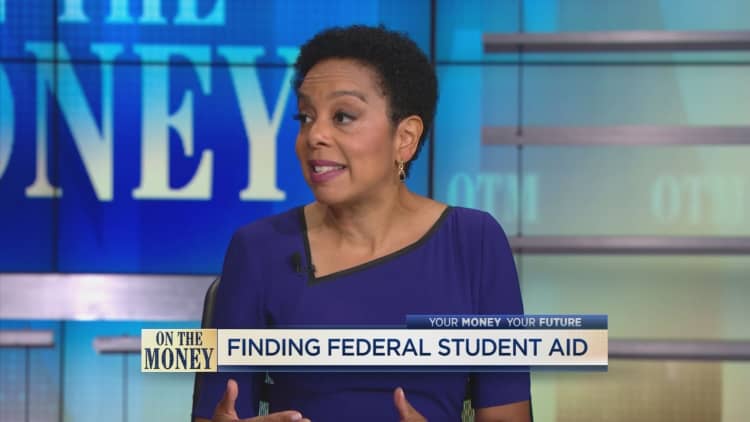
Despite a growing need, fewer students are applying for college financial aid.
Problems with the new Free Application for Federal Student Aid have discouraged many students and their families from completing an application. As of the last tally, less than five million students have submitted the 2024-25 FAFSA form so far.
That’s a fraction of the 17 million students who use the FAFSA form in ordinary years, according to the U.S. Department of Education.
“We are putting all hands on deck and using every lever we have to make sure we can achieve the transformational potential of the Better FAFSA to make higher education possible for many more of our nation’s students,” U.S. Secretary of Education Miguel Cardona said in a recent statement.
More from Personal Finance:
FAFSA ‘loophole’ lets grandparents help pay for college
Biden to forgive $1.2 billion in student debt for more borrowers
This could be the best year to lobby for more college financial aid
Yet, as of mid-February, only 24% of the high school class of 2024 had completed the FAFSA, according to the National College Attainment Network, down roughly 42% from a year ago.
“If they don’t catch up, there will be more than two million fewer FAFSAs submitted this year, down to less than 15 million total, a 15% decrease — that’s a huge drop,” said higher education expert Mark Kantrowitz.
“It would be a shocking decrease.”
The FAFSA serves as the gateway to all federal aid money, including loans, work study and grants, the latter of which are the most desirable kinds of assistance because they typically do not need to be repaid.
Under the new aid formula, an additional 2.1 million students should be eligible for the maximum Pell Grant, according to the Department of Education. However, given the slower pace of FAFSA applications being submitted, “the number of Pell Grant recipients will be about the same as last year, despite the new Pell Grant formula making it easier for students to qualify,” Kantrowitz said.
“The goal of FAFSA simplification was to increase the number of lower-income students applying. If we have fewer because of a bad rollout, it’s extremely problematic,” he added.
The new FAFSA was meant to improve college access
In ordinary years, high school graduates miss out on billions in federal grants because they don’t fill out the FAFSA.
In New York alone, students left $226 million in Pell grants on the table in 2023. “The biggest obstacle for people going to college is the cost. And the way to get the cost down is to get scholarships and grants,” New York State Assemblymember Jonathan Jacobson said at a recent press briefing in support of a Universal FAFSA policy. “Unfortunately, you have to complete the FAFSA to get this financial aid, and that’s very difficult to do.”
Jacobson is sponsoring a bill requiring high school seniors to complete the FAFSA. “Education can be the great equalizer, but only if it’s accessible and affordable,” he said.
Universal FAFSA policies have been gaining steam nationwide, with at least 15 states considering a policy to make it mandatory for all high school seniors to fill out a FAFSA either through legislation or regulation, according to the National College Attainment Network.
Research shows those policies can have a direct link to improved education outcomes. In Louisiana, for example, which was the first state to implement this rule in the 2017-18 academic year, high school graduation rates rose and the number of high school graduates immediately enrolling in college climbed to an all-time high, according to early data.
FAFSA completion can predict college attendance
Submitting a FAFSA is one of the best predictors of whether a high school senior will go on to college, the National College Attainment Network found. Seniors who complete the FAFSA are 84% more likely to immediately enroll in college.
However, many families mistakenly assume they won’t qualify for financial aid and don’t even bother to apply. Others said a lengthy and overly complicated application was a major hurdle.
The plan to simplify the FAFSA was meant to streamline the process.
Still, this year’s rollout was rushed, Kantrowitz said.
“They should have allowed an additional year for implementation of the new simplified FAFSA,” he said. “They did not allow enough time to get it done and not enough time for testing.”
Don’t miss these stories from CNBC PRO:
Read the original article here
